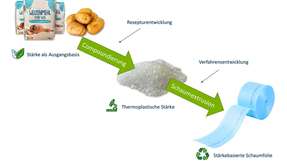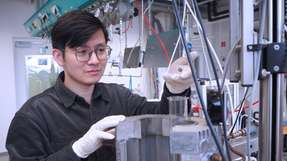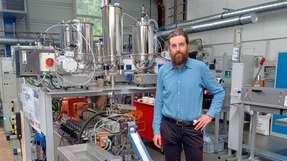Industry and academia are developing bio-based processes fervently and with the prerequisite that the products must not be more expensive than conventional ones. However, in late 2014 the price for crude oil dropped below USD 70 per barrel and has not recovered as of early 2018. The prices for the chemical building blocks ethylene and propylene have roughly halved from 2014 to 2016. The dismal prospects have made big players such as Braskem and Dow Chemical shelve their bio-based propylene development.
Hard times for bio-based chemicals
All around the world times are hard for bio-based chemicals as they can rarely compete with their fossil counterparts pricewise and cannot even play a trump card in the matter of climate change. Of the total energy demand worldwide the chemical industry uses 30 percent and it is responsible for 20 percent of the industrial greenhouse gas emissions. In comparison, the amount of “C” that ends up as part of products is marginal. Consequently energy consumption is the main area to target if CO2 emissions shall be significantly reduced. Nonetheless, support for bio-based products is firmly anchored in the policies of many governments and the targets they have set are ambitious. According to a report of the German Bioeconomy Council published at the Global Bioeconomy Summit in April 2018, almost 50 countries all over the world were pursuing bioeconomy development in their policy strategies.
“Bioeconomy” is a broad concept. In 2012, the European Commission defined it as “the production of renewable biological resources and the conversion of these resources and waste streams into value added products, such as food, feed, bio-based products and bioenergy. Its sectors and industries have strong innovation potential due to their use of a wide range of sciences, enabling and industrial technologies, along with local and tacit knowledge." The German Bioeconomy Council includes “the generation and use of biological resources (including knowledge)” to enable a sustainable economic system. Thus, bioeconomy covers both the use of biomass as a resource and biotechnological conversion methods. They don’t necessarily have to go hand in hand: Enyzmatic processing of fossile resources is conceivable as well as “conventional” conversions of biomass, e.g. in the form of putting bionaphtha into a cracker.
Bio-based policies in Europe and the U.S.
However, goals regarding the bioeconomy are usually linked to the amount or share of biomass used. 20 percent of the chemicals and materials in the European Union will be bio-based by 2020, rising to a quarter in 2030 according to the goals set by the EU. In the U.S. the Biomass R&D board envisions a billion ton bioeconomy. By 2030 one billion tons of biomass is projected to be sustainably produced. It is supposed to be the base for emerging bioproducts industries, but mainly to target “a potential 30 percent penetration of biomass carbon into U.S. transportation market by 2030”. This means biofuel in the forms of biodiesel or the addition of ethanol to gasoline.
When new processes and products enter the market it’s human nature to ask who does best in the competition. For investors this is a matter of money – and lots of it – to decide whether to jump on the bio-based bandwagon and which car to take. Some of the “hotter” candidates according to analyses performed at different times in the U.S. and the EU are succinic acid with a current world market of around 50,000 metric tons/year and intended for specialty chemicals. In everyday life you may encounter it in the ink of your desktop printer, where three percent succinic acid make that colors don’t bleed into each other. However, the projected market is large and that this projection is a very real thing is reflected in the production plants that are set up worldwide. Between the four of them and in various joint ventures Succinity, BioAmber, Myriant and Reverdia are building production capacities of more than 400,000 metric tons succinic acid per year. Microorganisms used for the fermentation are B. succiniproducens, E. coli and S. cerevisiae. The companies count on succinic acid becoming a platform chemical, opening up a much broader product range than just specialty chemicals. Hydrogenation of succinic acid to 1,4-butanediol and tetrahydrofuran could access another market of combined 2.4 million metric tons per year. If this becomes a reality your spandex clothing and polyurethane mattress can be bio-based, too, in the future.
Para-xylene is used to produce both terephthalic acid and dimethyl terephthalate, the two constituents of polyethylene terephthalate (PET). It is nearly exclusively used to manufacture polyesters with the majority destined for fibers and films. The 27 percent going into PET bottle resin, however, are the ones that got the most attention from bioeconomy media in the last few years. Major consumers of PET - the Coca-Cola Company, Ford, Heinz, Nike and Procter & Gamble - have funded research for the production of renewable PET. A 100 percent plant-based bottle was showcased at Expo Milan in 2015 (Lane 2015), made with para-xylene from a demonstration plant but commercial production is expected not before 2021.
1,2-propanediol makes your skin soft and your hair easy to comb as an ingredient in body lotion and shampoo. Beyond that it has a myriad of uses ranging from pet food to polyester resins, resulting in a global market of around 2.5 million metric tons per year. 1,2-propanediol is also known as propylene glycol and is currently produced from propylene as a coproduct of petroleum cracking, therefore its price is closely connected to the petroleum price. Bio-based 1,2-propanediol is usually produced by hydrogenolysis of glycerin with mixed-metal catalysts with the catalyst formulation and reaction conditions being the variables. ADM has 100,000 metric tons annual production capacity in the U.S. and Oleon 20,000 metric tons per year in Belgium. Global Bio-Chem operates a 200,000 metric tons per year plant in China using sorbitol from corn as feedstock. The sorbitol is hydrocracked into 1,2-propanediol, ethylene glycol and
butanediol.
The sugar alcohol glycerol can be used in bodylotion as well as in marzipan, to keep both your skin and the almond paste soft and tender. Apart from that glycerol has more than 1,500 other uses. The petrochemical production route for glycerol starts from propene but plays only a minor role. The market is dominated by bio-based glycerol as a byproduct of biodiesel production. For this vegetable oil is trans esterified with an alcohol; for every 10 tons of biodiesel 1 ton of glycerol is produced. With a yearly production of about 2 million tons of glycerol worldwide the market is saturated, resulting in stable and historically low prices. Industry is therefore looking for ways to add value to glycerol. Use as a substrate for fermentation processes such as succinic acid, citric acid, 1,3-propanediol or biogas are in part commercially proven as is application as animal feed.
And the winner is …? Cooperation!
If predicting the success of a bio-based product were easy governments worldwide would not employ legions of scientists and commission studies to do so. Only time will tell which of the cited bio-based chemicals will become a blockbuster. The petroleum price and governmental interventions are only two of the more unpredictable factors in the multi-parameter matrix which determines the economic success of a bio-based product. One of the communalities of the four chemicals discussed above is that they are drop-in chemicals. They are chemically identical to their fossil counterparts and for further processing it does not play a role whether they are made from petroleum or from biomass. On closer inspection the production processes of promising drop-in chemicals are an eclectic mix of chemical and biotechnological. Fermentation steps are followed by chemical transformations; whether a metal catalyst or an enzyme is used is just a matter of what works best. Anything goes as long it is technically feasible. A process is no longer either chemical or biotechnological, cooperation is the new normal.
Winners in the quest for the holy grail of bio-based chemicals are definitely the scientists from all the different disciplines involved. They have learned to look past the rim of the teacup of their own sector and gained a whole new perspective.






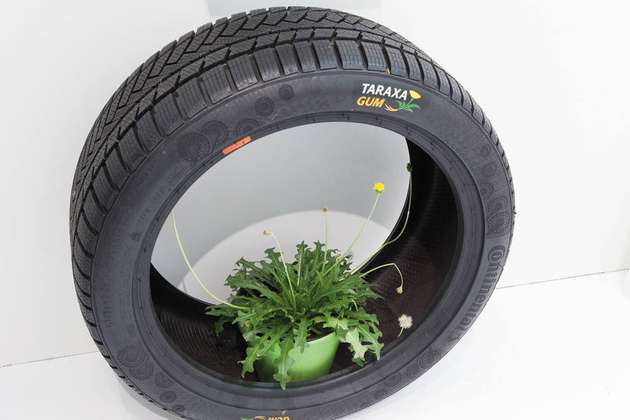

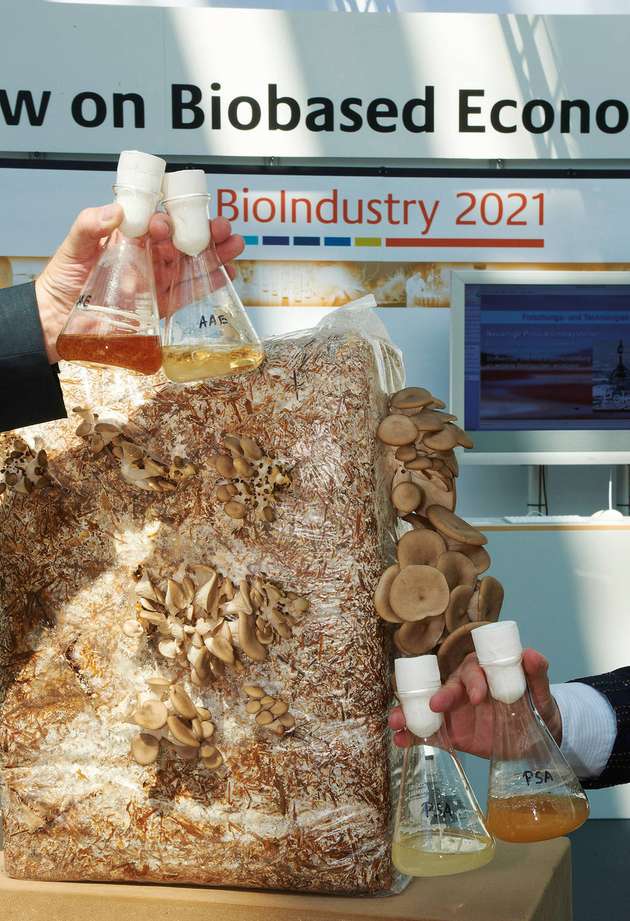


.jpg)


